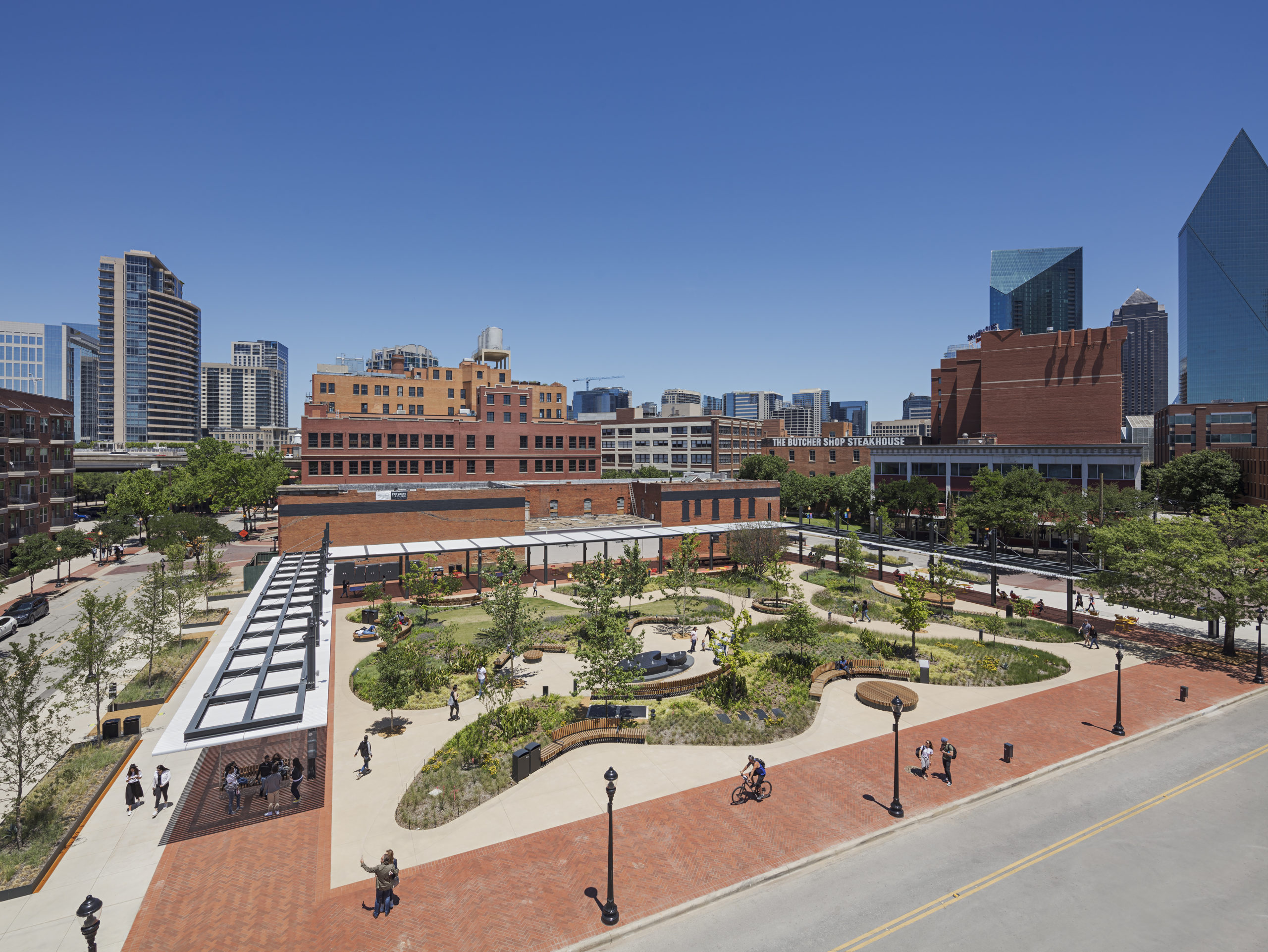
Harmony in Concrete: Designing Urban Green Spaces
Urban areas, often characterized by bustling streets and towering buildings, are finding solace in the concept of Urban Green Spaces. These well-designed pockets of nature within the concrete jungle not only provide much-needed relief from the urban grind but also contribute to the overall well-being of city dwellers.
A Breath of Fresh Air in Urban Planning
Urban Green Spaces are a testament to a shift in urban planning that prioritizes the integration of nature into the cityscape. The design of these spaces goes beyond aesthetics; it aims to create areas where residents can escape the hustle and bustle, fostering a sense of tranquility amidst the urban chaos.
Balancing Nature and Infrastructure
Designing Urban Green Spaces requires a delicate balance between nature and infrastructure. Landscape architects and urban planners collaborate to incorporate greenery seamlessly into the urban fabric. This integration enhances the visual appeal of the city while also providing functional spaces for relaxation, recreation, and community engagement.
Multi-Functional Green Oases
Urban Green Spaces are not merely patches of grass and trees; they are multi-functional oases designed to cater to various needs. From picnic areas and playgrounds to walking trails and outdoor fitness zones, these spaces are curated to accommodate a diverse range of activities, promoting a healthy and active lifestyle for urban residents.
Enhancing Mental and Physical Well-being
The design of Urban Green Spaces prioritizes the well-being of city dwellers. Access to greenery has been linked to improved mental health and reduced stress levels. By creating environments that encourage outdoor activities and social interactions, these spaces become vital contributors to the overall health of urban communities.
Biodiversity and Sustainability
Urban Green Spaces play a role in preserving biodiversity within urban environments. Thoughtful landscaping choices, such as native plantings and water features, attract diverse flora and fauna. Additionally, sustainable design practices, like rain gardens and permeable pavements, contribute to environmental conservation and mitigate the impact of urban development.
Connecting Communities Through Design
Well-designed Urban Green Spaces become focal points for community gatherings and events. Whether it’s a weekend farmers’ market or a summer concert series, these spaces serve as connectors, fostering a sense of community and belonging among diverse urban populations. The design encourages social interactions, breaking down the barriers that often exist in urban settings.
Green Innovation in Vertical Spaces
In densely populated urban areas, the concept of Urban Green Spaces has expanded beyond ground-level parks. Vertical greenery, such as green walls and rooftop gardens, is becoming increasingly popular. These innovative designs not only maximize limited space but also contribute to improved air quality and energy efficiency in urban buildings.
Challenges in Urban Green Space Design
Despite the numerous benefits, designing and maintaining Urban Green Spaces in urban environments come with challenges. Limited space, competing land-use priorities, and budget constraints are common hurdles. However, overcoming these challenges is crucial to ensuring that cities remain vibrant, livable spaces for generations to come.
Explore Urban Green Spaces Design
To explore the transformative impact of Urban Green Spaces Design, visit Urban Green Spaces Design. Delve into the world of innovative designs, sustainable practices, and community-centric spaces that contribute to a harmonious blend of nature and urban life. Discover how thoughtful design can turn concrete jungles into thriving, green urban landscapes.
